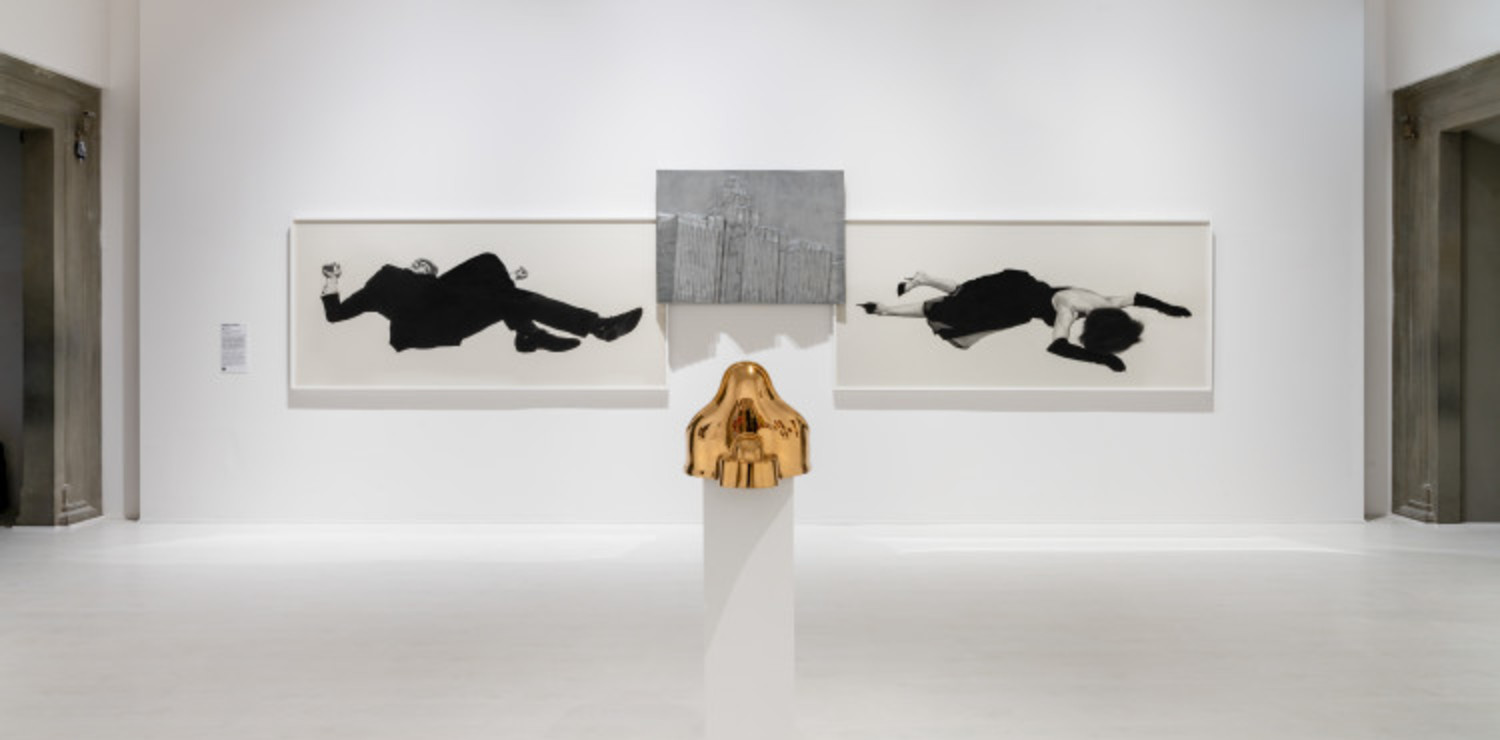50 artists tell the story of America in a major exhibition at Palazzo Strozzi
From 28 May to 29 August 2021 discover the American Dream in Florence
"The most beautiful thing in Florence is McDonald's" Andy Warhol
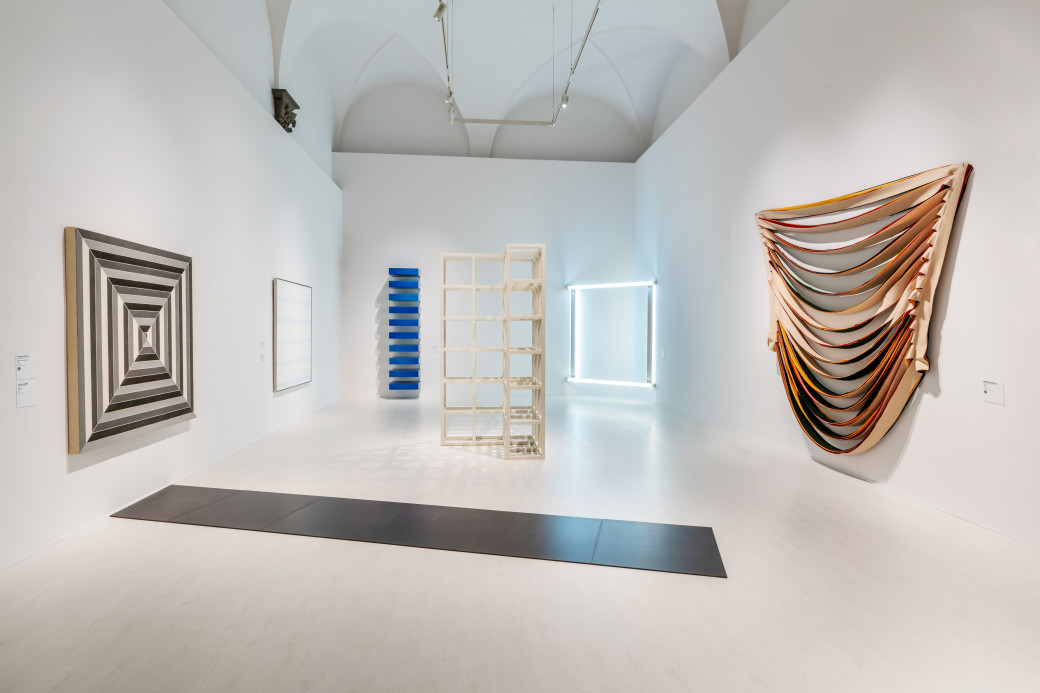 in esclusiva le immagini del nuovo allestimento della mostra american art, dal 28 maggio a palazzo strozzi
in esclusiva le immagini del nuovo allestimento della mostra american art, dal 28 maggio a palazzo strozziA provocation aimed at the cradle of the Renaissance bursts onto the scene of this Florentine artistic spring and introduces the major exhibition at Palazzo Strozzi devoted to American art, American Art 1961-2001 (28 May - 29 August).
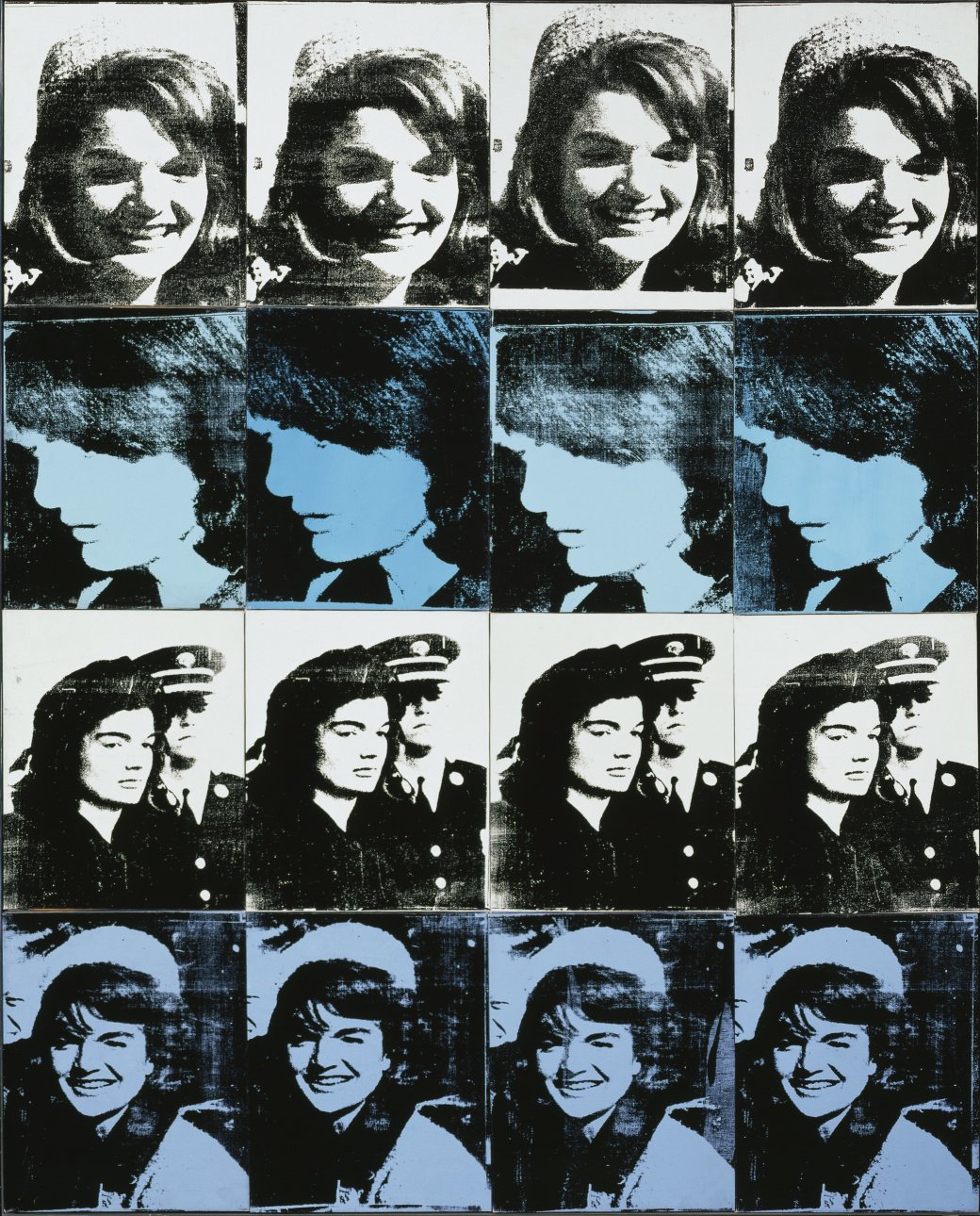 Warhol Sixteen Jackies
Warhol Sixteen Jackies
Eighty works, fifty artists to tell the story of 40 years of American art. It starts with Andy Warhol, the most desecrating and pop artist in the exhibition, and ends with the most representative names of the 2000s. The lowest common denominator: the Walker Art Center in Minneapolis, where all the works come from.
 Warhol Campbell’s Tomato Juice Box palazzo strozzi firenze
Warhol Campbell’s Tomato Juice Box palazzo strozzi firenze
An extraordinary itinerary curated by Vincenzo de Bellis (Curator and Associate Director of Programs, Visual Arts, Walker Art Center) and Arturo Galansino (General Director, Fondazione Palazzo Strozzi) through iconic works by personalities and movements that marked American art between two decisive historical moments, the beginning of the Vietnam War and the attack of 11 September 2001.
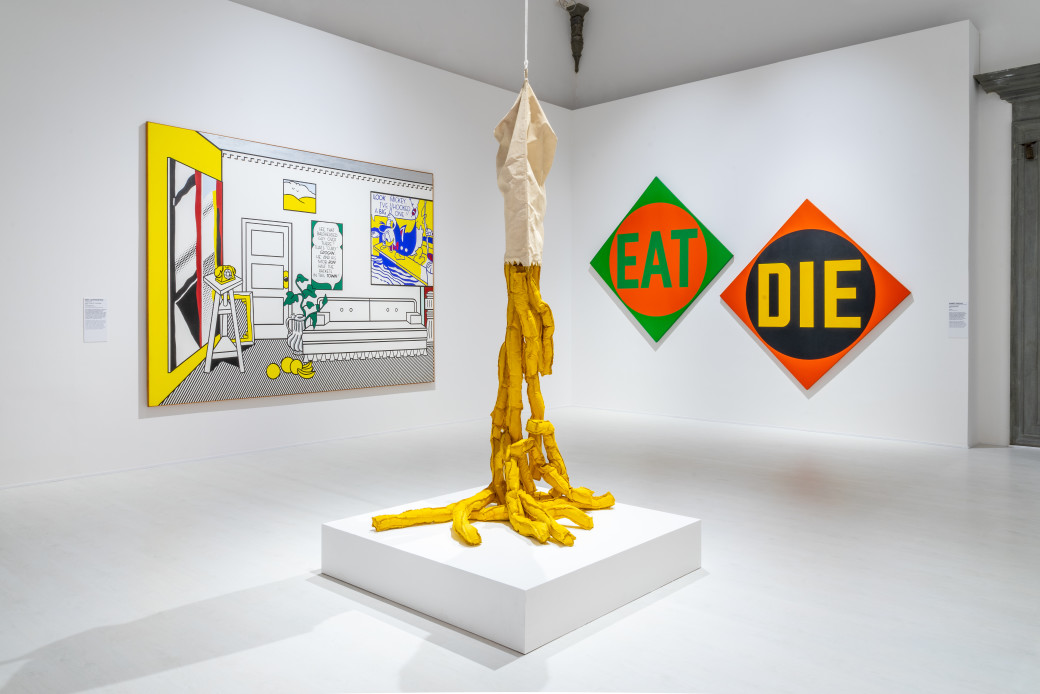 Indiana The Green Diamond Eat The Red Diamond Die
Indiana The Green Diamond Eat The Red Diamond DieIn addition to the aforementioned founder of pop art - whose 12 works are on display, including the famous Sixteen Jackies (1964), dedicated to Jackie Kennedy the day after JFK's death - the exhibition includes Mark Rothko, Louise Nevelson, Roy Lichtenstein, Claes Oldenburg, Bruce Nauman, Barbara Kruger, Robert Mapplethorpe, Cindy Sherman, Matthew Barney and Kara Walker. Each of them with works exhibited in Florence and in Italy for the first time.
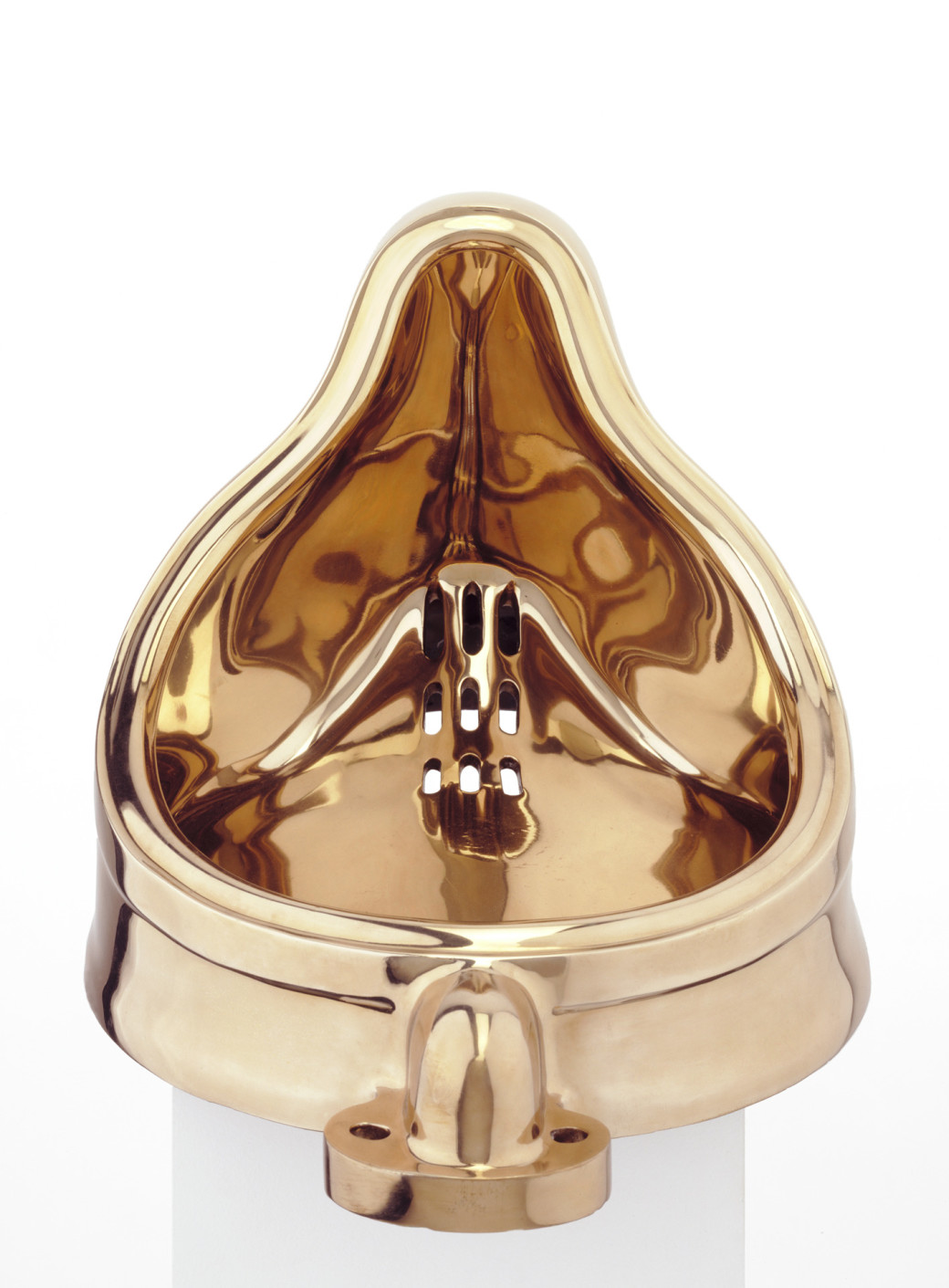 Levine Fountain (after Marcel Duchamp)
Levine Fountain (after Marcel Duchamp)The great season of the 1960s is witnessed by works by masters such as Donald Judd, Robert Morris, Bruce Nauman and John Baldessari: figures who became points of reference for subsequent generations of artists redefining the new possibilities of art. These include Cindy Sherman's reflections on the figure of the woman, Richard Prince and Barbara Kruger's appropriations from the world of advertising, Felix Gonzalez-Torres's denunciation of the stigma of AIDS and the disturbing posthuman narratives of Matthew Barney, whose controversial installation Cremaster 2 (1999), dedicated to a murderer who asked for the death penalty for himself, is presented for the first time in Italy.
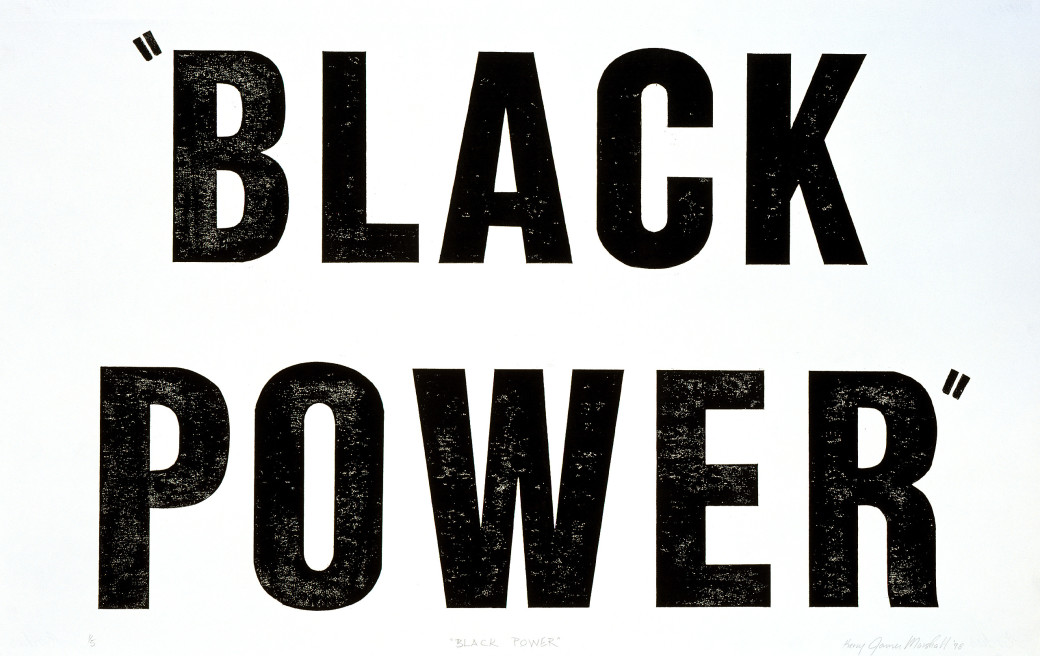 Marshall BLACK POWER
Marshall BLACK POWERFinally, the exhibition's special focus is on the most recent research of the 1990s and 2000s, which includes key figures in the Afro-American community such as Kerry James Marshall and Glenn Ligon, and artists who investigate American identity in a totally original way, such as Paul McCarthy, Mike Kelley, Jimmie Durham and Kara Walker, whose wide selection of video works and drawings testify to her evocative research between history and social satire on the themes of racial discrimination.
Arturo Galansino explains: "Alongside the historical interest of the exhibition, art becomes a tool to address themes such as consumerism and mass production, feminism and gender identity, racial issues and the struggle for civil rights. These latter themes, which are particularly dear to me because of their contemporary nature, cyclically return as powerful themes in American history."
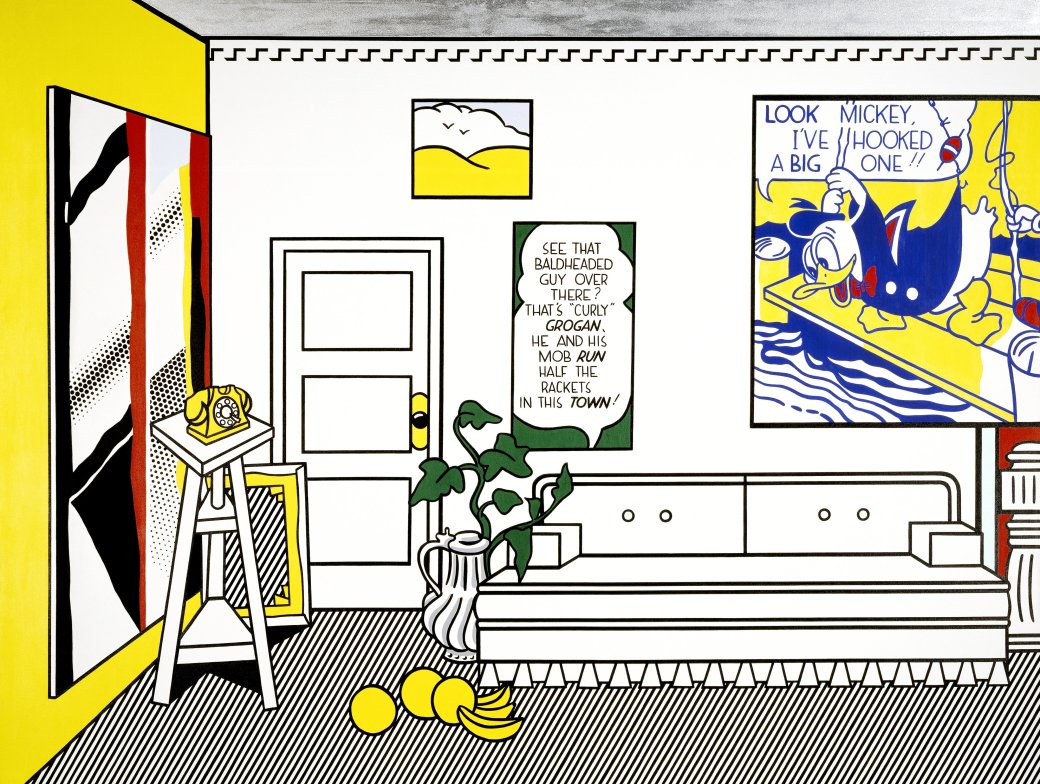 Lichtenstein Artist's Studio No. 1 (Look Mickey)
Lichtenstein Artist's Studio No. 1 (Look Mickey)
From Pop Art to Minimalism, from Conceptual Art to the Pictures Generation, up to the most recent research of the 1990s and 2000s, the exhibition is therefore an extraordinary historical document, but it also lends itself to three transversal readings that provide as many points of reflection: the American Dream, the role of women in American art and art as a political struggle for identity and rights.






